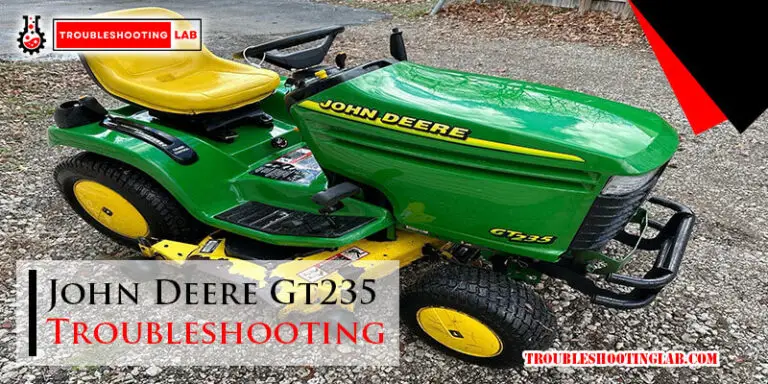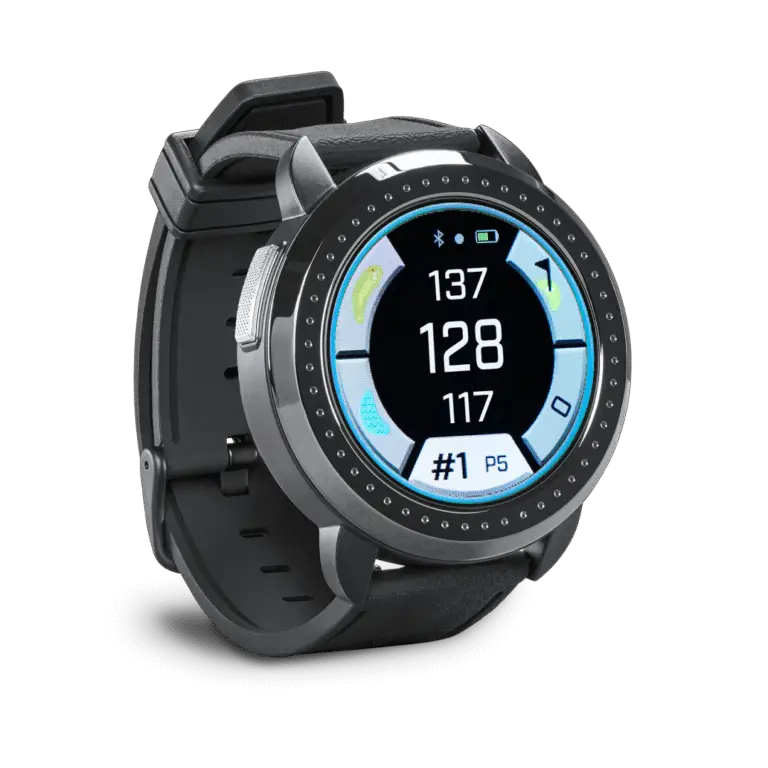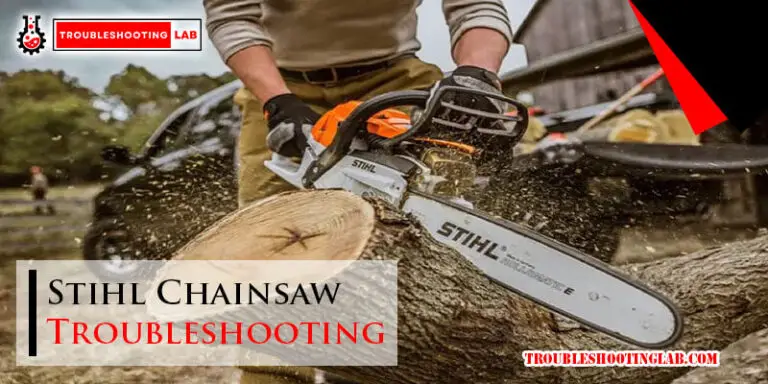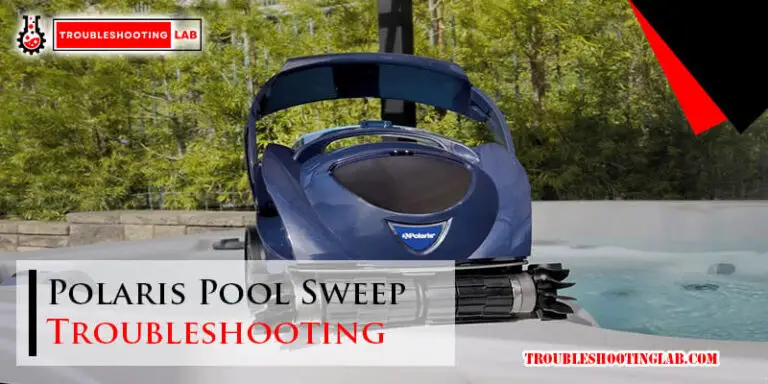Western Snow Plow Troubleshooting: Expert Fixes Revealed
When the snow starts to fall, you rely on your Western snow plow to keep your driveway clear and your business running smoothly. But what happens when your trusty plow runs into trouble?
Frustration can quickly build up, especially when you’re left standing in the cold, wondering what’s gone wrong. That’s where this guide comes in. Imagine confidently diagnosing issues with your plow, knowing exactly how to fix them, and getting back to work in record time.
We’re here to help you achieve just that. Whether it’s an electrical glitch, hydraulic hiccup, or mechanical mystery, we’ve got the answers you need. Let’s transform your snow plow troubleshooting experience from daunting to doable, so you can focus on what really matters: keeping your paths clear and your stress levels low. Dive in, and discover how you can become the master of your snow plow’s destiny. Your winter efficiency is just a few steps away.

Credit: www.ebay.com
Common Issues With Western Snow Plows
Western snow plows are essential for winter maintenance. They help keep roads clear and safe. Yet, like any machinery, they can have issues. Understanding these problems is crucial. It helps ensure smooth and efficient operation. Here are some common issues with Western snow plows.
Hydraulic System Failures
The hydraulic system is vital for snow plow operation. It controls the blade’s movement. A common issue is fluid leaks. Leaks reduce the hydraulic system’s efficiency. Always check for cracks in hoses and connections. Another problem is the pump failure. This can halt the plow’s operation. Regular maintenance can prevent many hydraulic issues.
Electrical Malfunctions
Electrical problems often disrupt snow plow functions. Faulty wiring is a frequent issue. It can cause the plow to stop working. Check connections and replace damaged wires. Another common problem is a dead battery. Ensure the battery is charged and in good condition. Regular inspections can help detect electrical faults early.
Blade Movement Problems
Blade movement issues affect snow plow efficiency. Stuck or slow blades are common. Inspect the pivot points for rust or debris. This can restrict movement. Another issue is improper blade alignment. It causes uneven snow removal. Adjust the blade regularly for optimal performance. Proper lubrication can also prevent movement problems.
Diagnosing Hydraulic Problems
Diagnosing hydraulic issues with Western Snow Plows requires a keen eye for detail. Check for fluid leaks and inspect hoses for wear. Ensure the power unit functions properly to maintain efficient snow plowing.
Diagnosing hydraulic problems in Western snow plows requires careful attention. Hydraulics ensure smooth operation by controlling the movement of the plow. Issues often stem from fluid levels, hoses, fittings, pump, and motor. Understanding these elements helps identify problems early. This enhances performance and prevents damage.Checking Fluid Levels
Fluid levels are crucial for hydraulic systems. Low fluid can lead to inefficient plow movement. Check the reservoir for correct levels. Use the manufacturer’s recommended hydraulic fluid. This ensures optimal performance and reduces wear. Regularly inspect fluid color and consistency. Milky fluid may indicate water contamination. Replace contaminated fluid promptly.Inspecting Hoses And Fittings
Hoses and fittings connect hydraulic components. Inspect them for leaks, cracks, or wear. Damaged hoses affect hydraulic pressure. This can lead to poor plow operation. Tighten loose fittings to prevent leaks. Consider replacing worn hoses immediately. This prevents unexpected failures during operation.Pump And Motor Issues
The pump and motor drive the hydraulic system. Listen for unusual noises during operation. Grinding or whining sounds suggest motor issues. Ensure the pump is functioning properly. Check for blockages in the pump. Blockages can impede fluid flow. This affects the plow’s movement. Regular maintenance keeps the pump and motor running smoothly. Proper care extends their lifespan and efficiency.Solving Electrical Issues
Dealing with electrical issues in your Western snow plow can be frustrating, especially when you’re in the middle of a snowstorm. Electrical problems can disrupt the plow’s performance, leaving you stranded with a snow-covered driveway. The good news is, with a little know-how, you can troubleshoot and resolve these issues effectively. Let’s dive into some practical solutions that can help you get back to plowing quickly.
Testing Connections And Wiring
Start by checking the connections and wiring. Loose or corroded connections can lead to intermittent power loss or a complete failure. Grab a voltmeter and measure the voltage at various points. Are the wires intact and free from damage? Make sure all connections are tight and clean. A simple cleaning or tightening can sometimes solve the problem.
Take a moment to inspect the wiring harness. Look for any signs of wear or fraying. If you find damaged wires, replace them immediately. This can prevent future issues and save you from a headache down the road. Have you ever wondered why your plow suddenly stops working mid-job? Often, it’s a faulty connection or damaged wire.
Battery And Charging System
Your snow plow’s battery and charging system are crucial for its operation. A weak or dead battery can cause the plow to malfunction. Use a multimeter to test the battery voltage. Is it holding a charge? If not, it might be time for a replacement.
Next, examine the charging system. Is your alternator functioning properly? A faulty alternator can prevent the battery from charging effectively. You may need a mechanic to check this if you’re not familiar with alternators. Remember, a healthy battery and charging system are essential for reliable plow operation.
Solenoid And Relay Troubles
Solenoids and relays are pivotal in directing power to the plow’s motor. If your plow is unresponsive, these components might be the culprits. Test the solenoid by listening for a clicking sound when activated. No click? It’s likely defective.
Relays can be tricky, as they might work intermittently before failing completely. Swap out the relay with a known good one to test its functionality. Have you ever experienced a sudden plow failure while clearing a path? Often, it’s due to a faulty solenoid or relay.
By tackling these common electrical problems head-on, you’ll keep your Western snow plow running smoothly. Addressing issues before they escalate can save you time and frustration. So, the next time your plow acts up, you’ll know exactly where to start. Are you ready to troubleshoot like a pro?
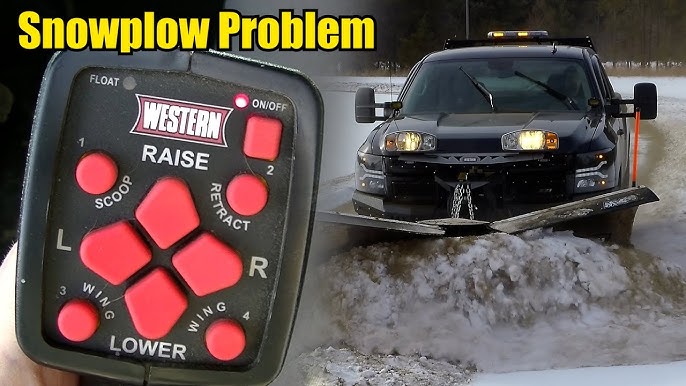
Credit: www.youtube.com
Addressing Blade Movement Challenges
Western snow plows are essential tools for snow removal. Yet, users often face blade movement challenges. These issues can hinder effective snow clearing. Addressing these challenges ensures smooth operations and longevity of the plow. Understanding the key areas can help you resolve these challenges efficiently.
Adjusting Angle And Height
Proper angle and height adjustments are crucial for blade movement. Check the plow’s manual for recommended settings. Adjust the blade angle to match the surface’s slope. Ensure the blade’s height aligns with the terrain. This prevents uneven wear and tear. Regularly inspect these settings for optimal performance.
Clearing Obstructions
Obstructions can limit blade movement. Check for debris, ice, or snow buildup. These elements can block the blade’s path. Regularly clear the area around the blade. This ensures smooth and unhindered movement. Use a brush or scraper for effective cleaning.
Lubrication And Maintenance Tips
Lubrication is vital for smooth blade operations. Use recommended lubricants for moving parts. Regularly grease hinges and pivot points. This reduces friction and wear. Schedule routine maintenance checks. Inspect for rust and other wear indicators. Address these promptly for a longer-lasting plow.
Preventive Maintenance Tips
Keeping your Western Snow Plow in prime condition isn’t just about fixing issues as they arise—it’s about preventing them from happening in the first place. Preventive maintenance is your ally in ensuring that your plow works efficiently when winter storms hit. By focusing on regular inspection routines, seasonal maintenance checklists, and proper storage, you can extend the life of your equipment and reduce downtime.
Regular Inspection Routine
Creating a habit of inspecting your snow plow regularly can save you from unexpected breakdowns. Aim to check your equipment at least once a month, even during off-season.
- Look for loose bolts and connections. Tighten them to avoid parts falling apart.
- Inspect hydraulic hoses for leaks or cracks. Replace them immediately to prevent fluid loss.
- Examine the blade for wear and tear. A worn-out blade reduces efficiency.
Have you ever found yourself stuck in a snowstorm because of a simple oversight? Regular inspections help you catch these issues early. They keep your plow ready for action when you need it most.
Seasonal Maintenance Checklist
As seasons change, your snow plow requires different care. Before winter arrives, perform a thorough check to ensure optimal performance.
- Change the hydraulic fluid. Fresh fluid keeps your system running smoothly.
- Lubricate all moving parts. Proper lubrication reduces friction and wear.
- Check the electrical connections. Faulty wiring can lead to operational failures.
Imagine the relief of knowing your plow is ready to tackle the first snowstorm of the season. A seasonal checklist ensures that your equipment is in peak condition when it’s needed most.
Storing Equipment Properly
Proper storage of your snow plow is crucial during the off-season. It prevents rust and degradation, keeping your equipment ready for action.
- Clean your plow thoroughly to remove salt and debris. This prevents corrosion.
- Store in a dry, covered area. Moisture can lead to rust and damage.
- Disconnect the battery. This avoids unnecessary power drainage.
Have you ever wondered why some plows seem to last longer than others? Proper storage is often the secret. Treat your equipment with care, and it will serve you well for years to come.
Are you taking the necessary steps to ensure your Western Snow Plow is ready for winter’s challenges? Proactive maintenance is key to reliable performance and longevity.
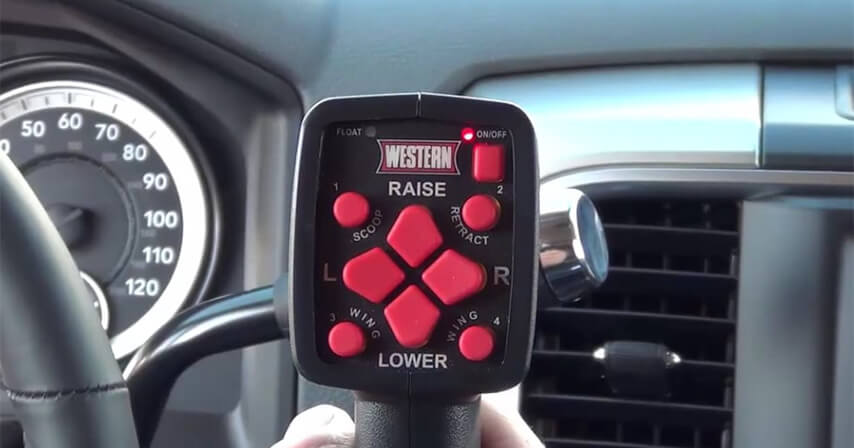
Credit: westernplows.com
Expert Advice And Resources
Handling a Western Snow Plow can occasionally lead to unexpected issues. Whether it’s a minor glitch or a significant malfunction, knowing where to seek expert advice is crucial. This section highlights reliable resources that can help you troubleshoot these problems effectively.
Accessing Manufacturer Support
Western Snow Plow offers dedicated customer support for troubleshooting. Their technical team is trained to handle various plow-related issues. You can contact them through their official website or helpline. Detailed manuals are available online for specific models. These resources provide step-by-step guidance for common problems.
Online Forums And Communities
Online forums are great places to share experiences. Snow plow enthusiasts often discuss their troubleshooting tips here. Communities like PlowSite have active members who offer valuable advice. Engaging in these discussions can help find solutions from real users. You may discover tips that aren’t in manuals.
Professional Repair Services
Sometimes, professional help is the best option. Many service centers specialize in snow plow repairs. Experts there can quickly diagnose and fix issues. They have the necessary tools and expertise for efficient repairs. Consider professional services for complicated problems.
Frequently Asked Questions
Why Is My Western Snow Plow Not Moving?
Check the hydraulic fluid level. It may be low. Also, inspect for any mechanical blockages.
How Do I Fix A Leaking Hydraulic Hose?
Replace the damaged hose immediately. Ensure connections are tight to prevent future leaks.
What Causes My Snow Plow Lights To Fail?
Check the wiring connections. Loose or corroded connections often cause light failures.
Why Does My Snow Plow Make Strange Noises?
Inspect for loose bolts or worn parts. Tightening or replacing them usually resolves noise issues.
How Often Should I Maintain My Snow Plow?
Regularly check before and after use. Seasonal maintenance helps keep it in good working condition.
Conclusion
Troubleshooting your Western Snow Plow can seem tough at first. But with simple steps, you can solve most issues. Check connections and ensure all parts are tight. Listen for unusual sounds during operation. Regular maintenance prevents many problems. Keep a toolkit handy for quick fixes.
If issues persist, consult a professional. They can offer expert advice and solutions. Remember, a well-maintained plow performs better. Stay ahead of winter challenges with these tips. Your snow plow will thank you by working smoothly. Happy plowing!

